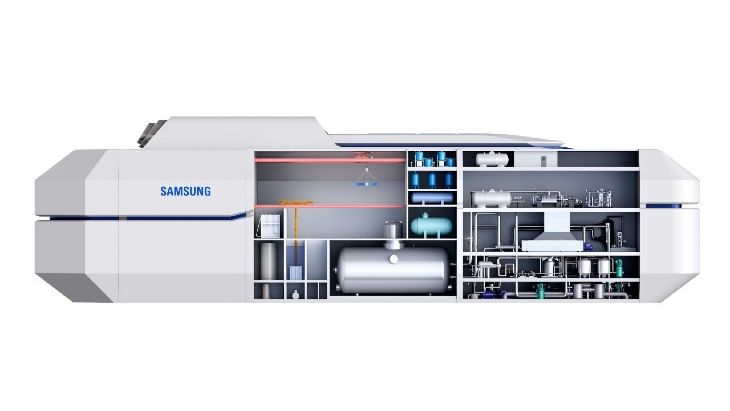The contract for MOX reactor fuel to be used in Duke Energy's reactors has lapsed and must now be renegotiated.
 |
| How the MOX plant should look. America must destroy the 34 tonnes of weapons plutonium under a bilateral deal with Russia, but where it will go looks less sure following negotiation hold-ups |
Long-time opponents of the plan Friends of The Earth publicised the lapse, which they discovered in a filing Duke made to the Securities and Exchange Commission at the end of February.
NNSA confirmed the situation to World Nuclear News. The body explained that a request for expressions of interest for other nuclear power operators to carry the MOX fuel has been issued and "a number of firms, including Duke, are interested in the work effort." The production of MOX fuel is expected to start in 2017, NNSA said, adding that "there is no impact to our program and we have ample time to negotiate a new contract."
Duke used four MOX fuel assemblies manufactured in France at its Catawba 1 nuclear power reactor for two consecutive 18-month trial runs that ended last year. Subject to checks that the fuel had performed well and met regulatory requirements the company was expected to use 20-40% MOX fuel at the Catawba and McGuire nuclear power plants from 2010, presumably sourced from international suppliers ahead of production at Savannah River.
Should another utility decide to participate in the program, it too would have to conduct a corresponding trial run of MOX assemblies in its proposed reactors.
MOX reactor fuel is made from uranium oxide and plutonium oxide. Usually the plutonium is sourced from reprocessed used nuclear fuel and has the isotopic profile known as 'reactor grade', indicating it is high in plutonium-240. The exact composition in the American program is different because the plutonium is sourced from dismantled US nuclear warheads, meaning it is 'weapons grade' and high in plutonium-239 instead and has a correspondingly different operational signature.
Some 34 tonnes of 'surplus' weapons plutonium is due for eventual conversion to reactor fuel in the Savannah River plant. An equal amount of matierial is to be used for power generation in Russia, but officials there would rather use it as fuel for reactors in their fast-breeder development program.





_18570.jpg)
_16159.jpg)
_49205.jpg)





